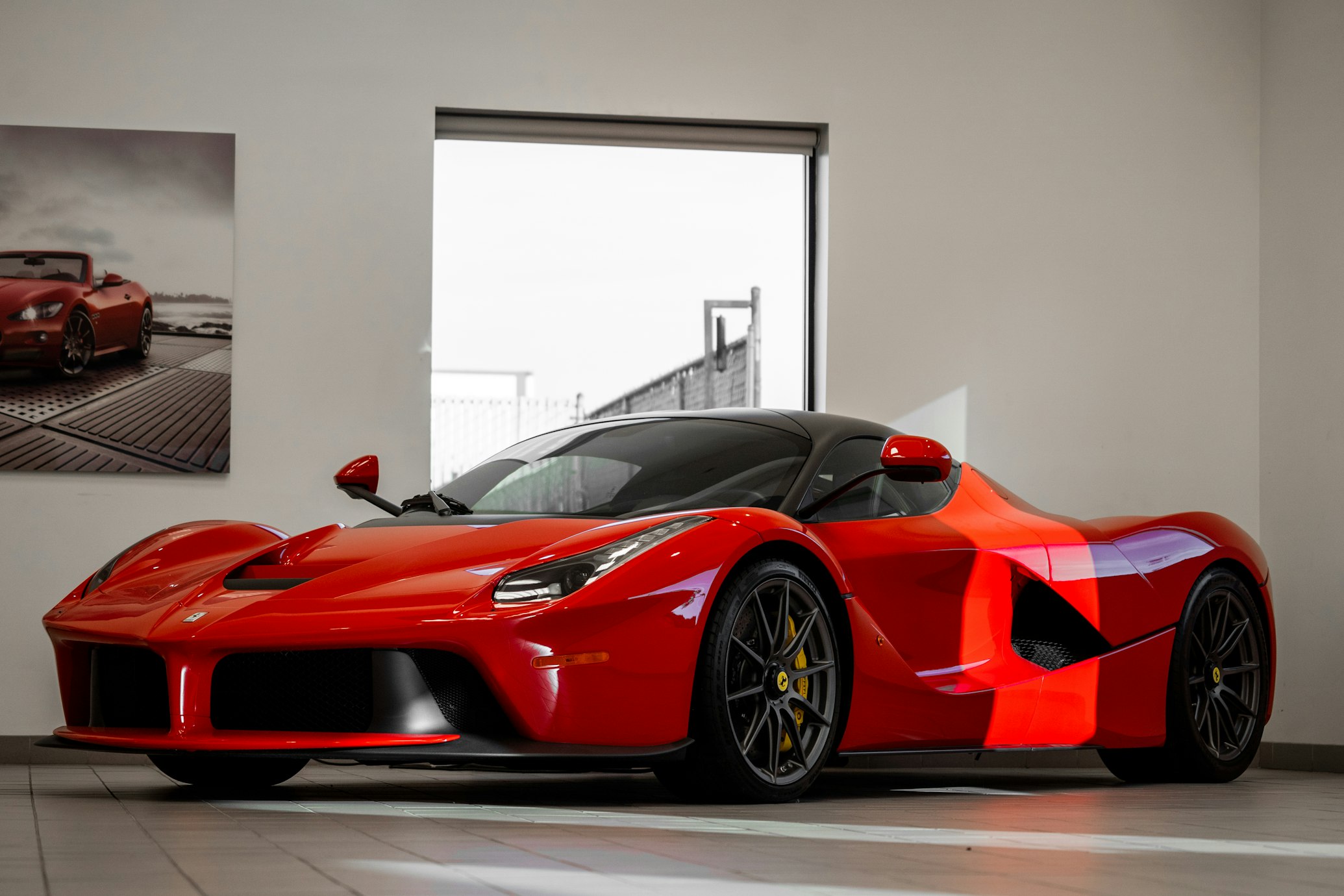
Mercedes-Benz Revolutionizes Steering with Steer-by-Wire Technology
Mercedes-Benz announces groundbreaking steer-by-wire technology for 2026 production vehicles, eliminating mechanical steering connections for enhanced driving experience and safety
In a groundbreaking announcement that signals a new era in automotive technology, Mercedes-Benz has revealed its plans to become the first German automaker to introduce steer-by-wire technology in production vehicles starting in 2026. This innovative system completely eliminates the mechanical connection between the steering wheel and front wheels, replacing it with an advanced electronic system that promises to revolutionize the driving experience.
A New Era of Steering Technology
The steer-by-wire system represents a fundamental shift in how vehicles respond to driver inputs. Instead of relying on traditional mechanical linkages, steering commands are transmitted electronically via cables, creating what Mercedes-Benz describes as an “unparalleled customer experience.” This technology enables a more precise and adaptable steering response, with the ability to customize the steering feel based on driving conditions and driver preferences.
Markus Schäfer, Chief Technology Officer at Mercedes-Benz Group AG, emphasizes the significance of this development: “Steer-by-wire is another big step towards the mobility of tomorrow. The technology enables a unique customer experience that goes far beyond steering alone. In combination with SAE Level 3 conditionally automated driving, it will enable an even more immersive entertainment experience in the medium term.”
Enhanced Safety and Performance
Mercedes-Benz has not compromised on safety in developing this revolutionary system. The steer-by-wire technology features a redundant system architecture with:
- Dual signal paths
- Multiple actuators
- Redundant on-board data systems
- Backup power supply
Even in the unlikely event of a complete system failure, the vehicle maintains lateral guidance capability through rear-axle steering and targeted wheel-specific braking interventions via ESP®. The system has already undergone extensive testing, completing over one million kilometers on test benches and an equivalent distance in real-world conditions.
Practical Benefits for Drivers
The new system brings several tangible benefits to everyday driving:
- Reduced effort required for parking and maneuvering
- Variable steering ratios that adapt to different driving situations
- Improved combination of sportiness and comfort
- Enhanced directional stability and lateral agility
- Elimination of unwanted vibrations from road surfaces
- Customizable steering feel based on individual preferences
Design and Comfort Innovations
The elimination of mechanical steering components opens up new possibilities for vehicle interior design. The steering wheel can be made flatter, creating a more spacious feeling in the cockpit and improving visibility of the driver’s display. This design change also makes entering and exiting the vehicle easier.
Looking ahead, the technology creates potential for new features in future automated driving scenarios, including enhanced entertainment options during breaks and more relaxed driving positions when automated systems are engaged.
A Legacy of Innovation
This latest advancement continues Mercedes-Benz’s long history of steering innovations, which began with the introduction of kingpin steering in 1893. The company has consistently led the industry in steering technology, from the introduction of power steering in 1958 to the development of electric power steering in the 1990s and the recent implementation of rear-axle steering in the S-Class.
The introduction of steer-by-wire technology in 2026 represents another significant milestone in Mercedes-Benz’s journey toward the future of mobility, combining enhanced safety, improved driving dynamics, and increased comfort in a package that sets new standards for the automotive industry.